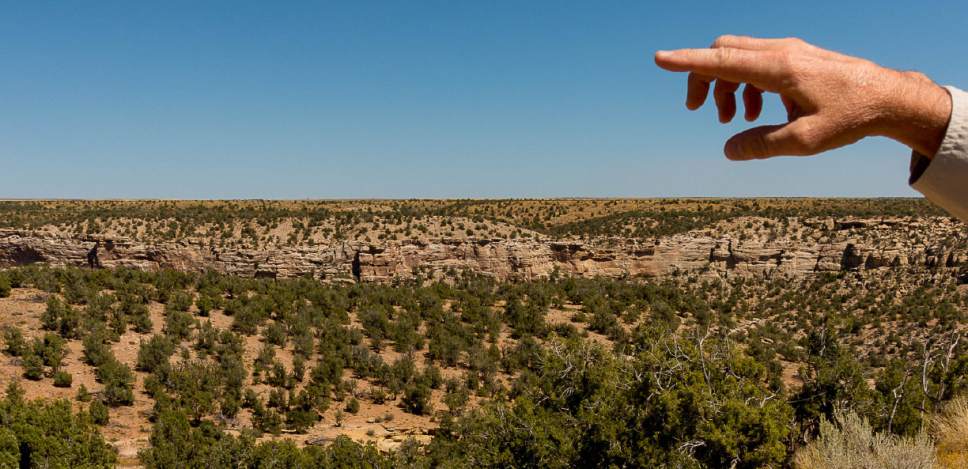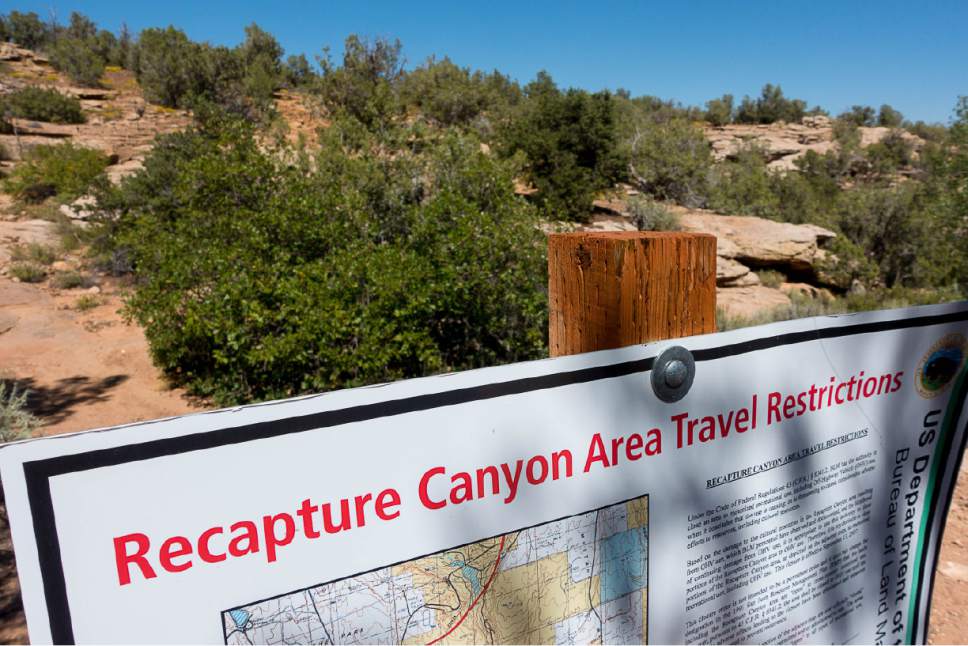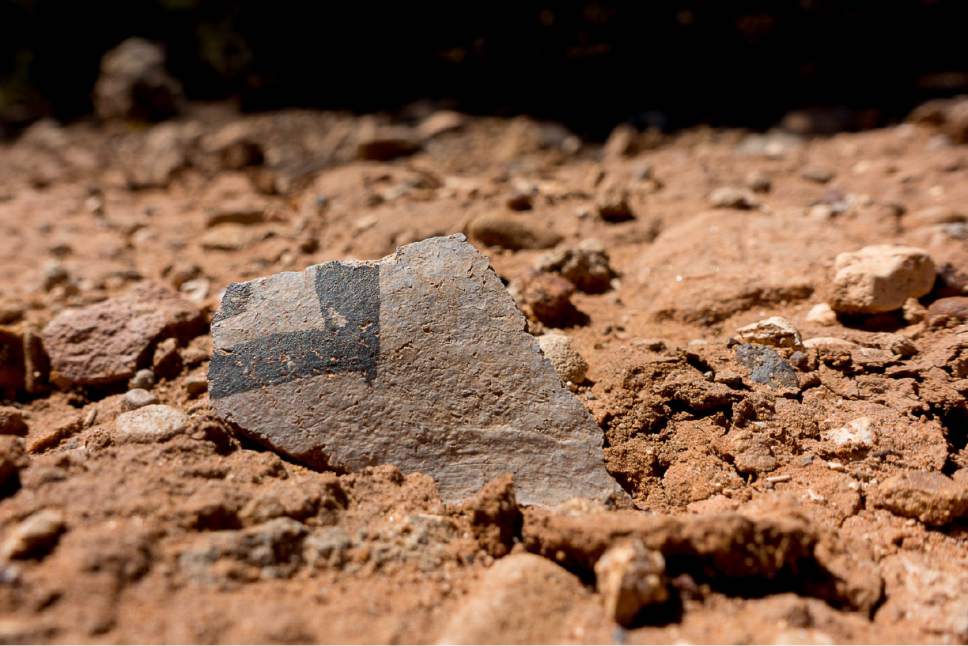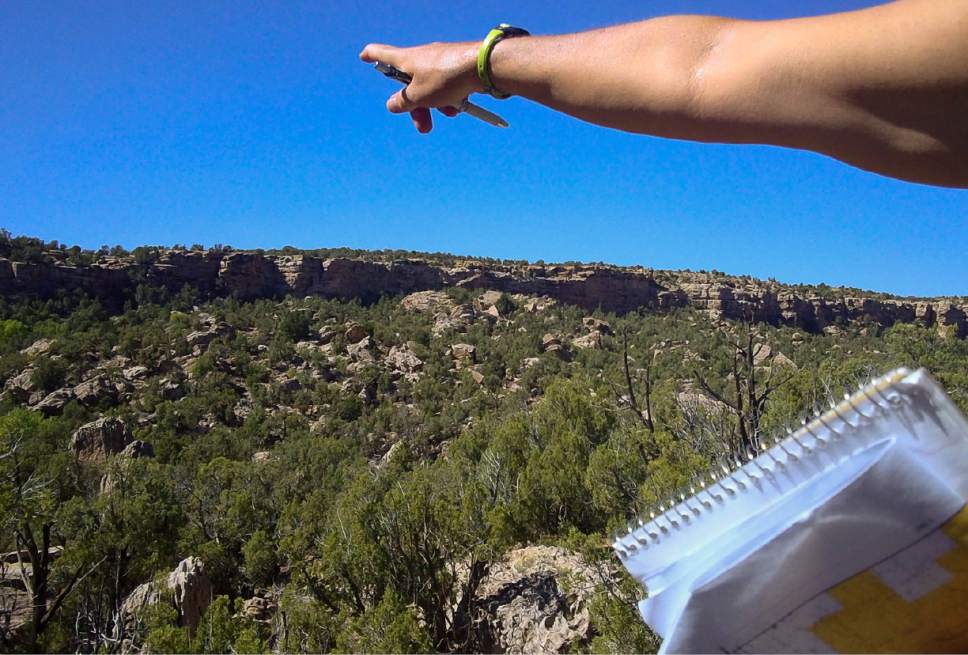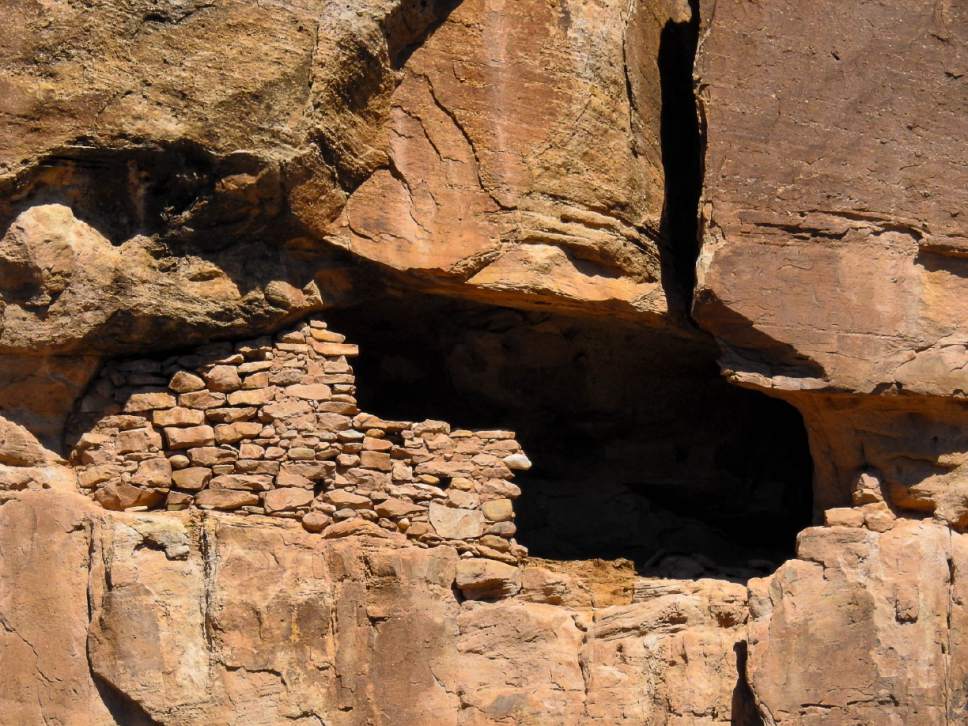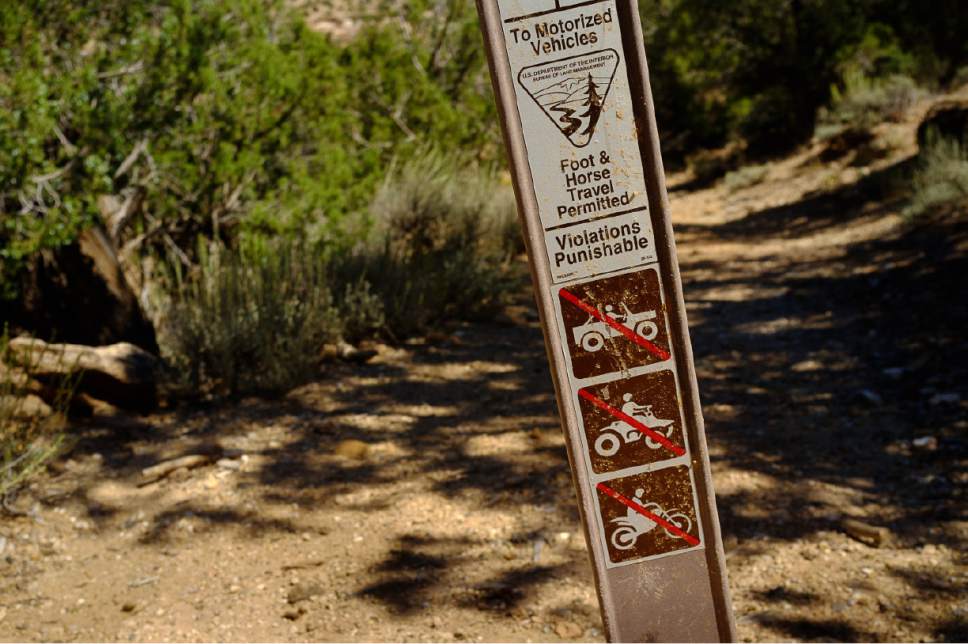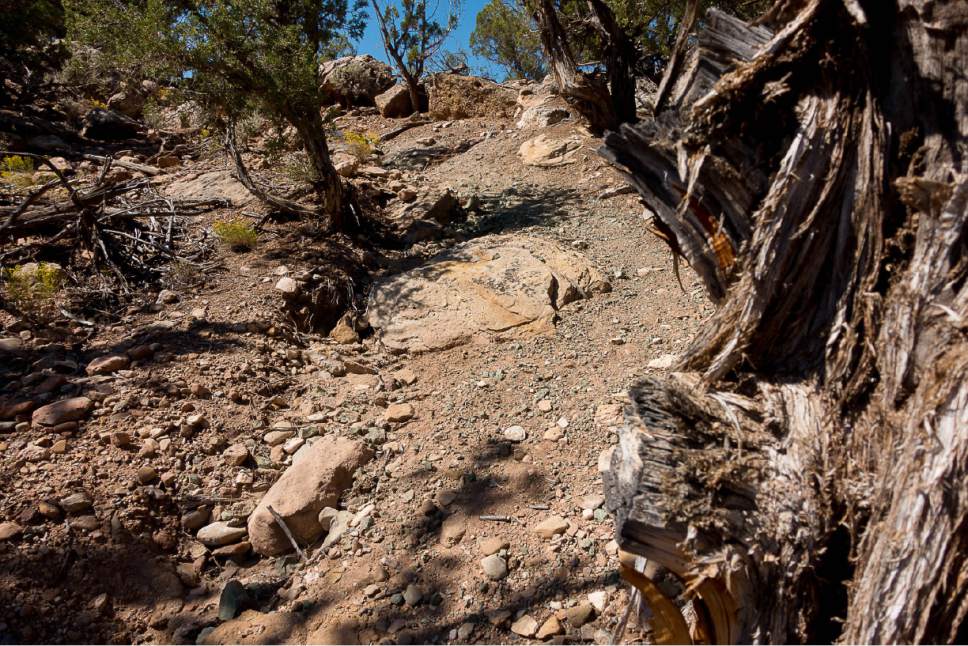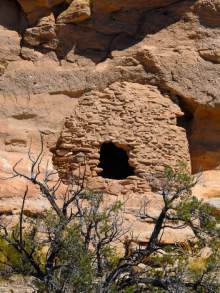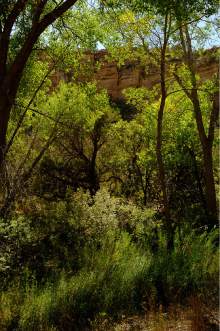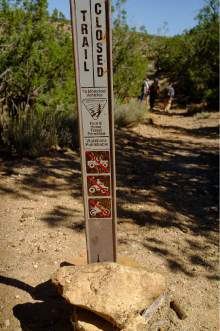This is an archived article that was published on sltrib.com in 2017, and information in the article may be outdated. It is provided only for personal research purposes and may not be reprinted.
Recapture Canyon is so rich in fragile Native American prehistory that it is closed to motorized use, yet the Bureau of Land Management is now proposing to lease the canyon east of Blanding for oil and gas development, along with other culturally important spots in Utah's San Juan County.
The land agency has initiated an environmental assessment of leasing 45 parcels covering 57,074 acres recently "nominated" by energy companies interested in tapping these areas for hydrocarbons. Under the Obama administration, the BLM would have "deferred" a leasing decision on most of these parcels, but President Donald Trump's strategy of American "energy dominance" requires federal land managers to ease impediments to drilling.
Historic preservationists are concerned that the proposed leases could usher in drilling near numerous known sites occupied by Ancestral Puebloans, who left a rich record of their lives in area canyons and mesas.
"This is the second example [recently] of how the Trump administration's push for oil and gas development is running roughshod over Utah's federal public lands," said Steve Bloch, legal director for the Southern Utah Wilderness Alliance. "First, Utah BLM announced its intent to sell oil and gas leases in Utah's amazing San Rafael Swell and right next to Dinosaur National Monument and now this."
Most of land proposed for leasing is east of the new Bears Ears National Monument. Under the BLM's 2008 resource management plan, this area is open to oil and gas leasing without many special stipulations protecting cultural resources. But that doesn't mean the agency will automatically allow drilling, officials said.
"The BLM is aware there are sensitive resources here and will be carefully reviewing each parcel, consulting with tribes and cultural resource experts, and reaching out to the public as part of our environmental review process and responsibilities under the National Historic Preservation Act," said Robin Naeve, fluid minerals chief for the BLM's Utah state office.
The environmental review launched last week will determine whether these nominated parcels are appropriate for leasing.
"As part of public scoping, people are invited to come forward with knowledge or concerns about these parcels, so they can be addressed. A robust analysis is key to making well-reasoned decisions about whether it is appropriate to lease these parcels," BLM spokeswoman Lisa Bryant added.
The public has until July 27 to file comments that would be used to guide the environmental review.
This year's Canyon Country lease sale could be a replay of the 2015 sale, when the BLM proposed offering numerous parcels in the same archaeologically rich areas only to withdraw 36 of them after a public outcry. At the time, the agency said the "geographic area is known to possess [a] considerable degree of unique cultural resources."
Some parcels now proposed for sale cover the same areas around Montezuma Creek and Alkali Ridge, which feature the highest concentrations of archaeological sites in the nation. One covers Montezuma Canyon at the site of Three Kiva Pueblo, an accessible Anasazi ruin the BLM has restored and developed for public enjoyment.
Another proposed lease covers the site of a "great house," a massive sandstone masonry structure of great importance to a civilization centered around New Mexico's Chaco Canyon.
Josh Ewing, director of Friends of Cedar Mesa, believes this is the northernmost great house associated with Chacoan culture.
"This one would rival the largest buildings in San Juan County today," Ewing said. "It would have been the sort of thing people would have travel to from far away."
Locals are familiar with Recapture Canyon, long a sore point for ATV enthusiasts who would like to ride there. Three parcels eyed for leasing span this canyon, which became a flashpoint in the West's public land conflicts when protesters drove through three years ago.
San Juan County has unsuccessfully petitioned the BLM for years to grant a right-of-way along the perennial creek below Recapture Dam, which courses between scenic sandstone walls where cliff dwellings are still evident. The agency closed the canyon to motorized use in 2007 after discovering unauthorized trail construction had damaged numerous archaeological sites.
Impatient with what locals saw as BLM dithering, San Juan County Commissioner Phil Lyman organized the illegal ride to protest federal land management policies that complicate access and use of public lands, which comprise 92 percent of Utah's largest county. Lyman eventually was convicted of a misdemeanor and spent 10 days behind bars.
The proposed leases cover southern portions of the canyon, from Browns Canyon south to Perkins Road, which harbors Recapture's most vulnerable archaeological sites. The ATV protest ride passed through the northern portion and exited at Browns Canyon.
According to Bryant, 19 parcels are inside the stalled San Juan master leasing area, a region proposed for a special planning district that would ensure energy development doesn't overwhelm other resources.
Under Obama, the requests for leasing would have been put off until that plan was complete. Ewing believes it would be best for both industry and conservation if BLM stuck to that policy.
"Otherwise they will have protests and lawsuits every time they do something," he said. "You will be more energy dominant if your energy development system is not tied up in the courts."
—
Brian Maffly covers public lands for The Salt Lake Tribune. Brian Maffly can be reached at bmaffly@sltrib.com or 801-257-8713.
Twitter: @brianmaffly —
How to comment
Online: Go to https://eplanning.blm.gov/epl-front-office/eplanning/planAndProjectSite.do?methodName=dispatchToPatternPage¤tPageId=122745 and search for "Canyon Country District March 2018 Competitive Oil and Gas Lease Sale."
E-mail: BLM_UT_MB_Comments@blm.gov
Mail: BLM Moab Field Office, 82 East Dogwood, Moab, UT 84532



